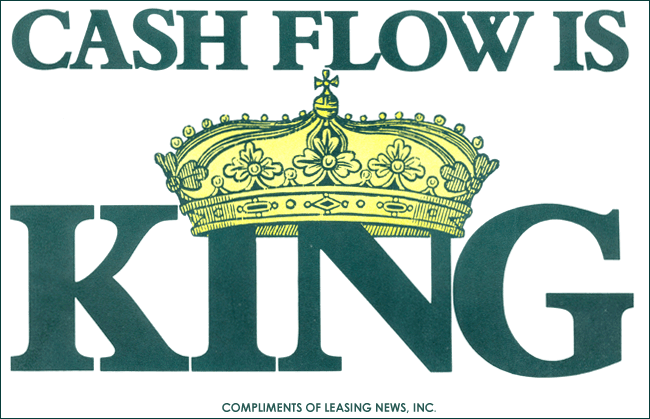.
Johnson & Johnson is a member of the Dividend Aristocrat list, meaning they have paid and increased their divided for 25+ Years consecutively. As a dividend investor - this is only phenomenal news as your cash flow stream from owning their stock has a consistency of getting yearly raises! To start the analysis, I would like to look at their price: as of December 27th 2010 at 1:33 PM they are trading at $61.96. Their 52 week high is $66.20, giving a 6.8% chance of appreciation on the pricing giving its most recent high. Their low is just a tad over $56 over the prior 52 weeks. Therefore, it is somewhere in between. I believe with JNJ (Johnson & Johnson), price is not necessarily the most important thing as you invest for cash flow, and their cash flow always grows every year. Basically, invest into JNJ for Cash flow, DRIP it and you will see a marvelous performance throughout the years of owning the stock.
Price to Earnings Ratio: JNJ has a current 12.73 P/E ratio, well below the S&P average and according to Morning star it is below the 14 P/E for the industry average. Therefore, JNJ's stock is relatively cheap to its earnings and is currently undervalued against the average of both the industry and S&P index.
Dividend Yield: My favorite part. Their current dividend yield when trading at $61.96 is 3.49%. I know, you may be thinking that is small and not an extremely large dividend yield, but I think it is just perfect. You would be getting a greater payout than the current government treasury yield, which is what I always look for. Also, as stated in the very first paragraph, JNJ has consistently paid an increasing dividend for over 25 years!! This is the most important part, because not only are they constantly increasing their dividend every year, but their share price continually goes up, therefore keeping their dividend yield at lower levels. In fact, their dividend yield growth rate is an astounding 14.58%! Therefore, you get (on average) a 14.58% increase yearly to your dividend cash flow from JNJ. How many jobs have you had that give you a 14.58 increase every year on average?
Payout Ratio: Their dividend is $2.16 per year and their EPS is $4.87. Therefore, 2.16/4.87 = 44.25%, a perfect payout ratio. It falls right in between my preferred 40-60% payout ratio, showing that it keeps some earnings for growth but gives a nice portion in dividends.
Conclusion: Johnson and Johnson is a great first stock to place in your portfolio. They are one of the most consistent stocks giving their aristocrat status, their brand recognition and the soundness of the company. They are a great stock to own for its cash flow as they have recorded past history of amazing returns on their stock price and once placed into a Dividend Reinvestment Plan account, you can increase your cash flow dramatically year after year. At the given price, I would start a position in Johnson and Johnson based on their dividend growth alone.
-Lanny B.
Disclosure: I do not hold nor recommend anything. This is actual data, analysis, however I base no investor recommendation. However, I personally would add/start a position on this firm, however my direction is different from anyone else's. Thank you for your understanding.



